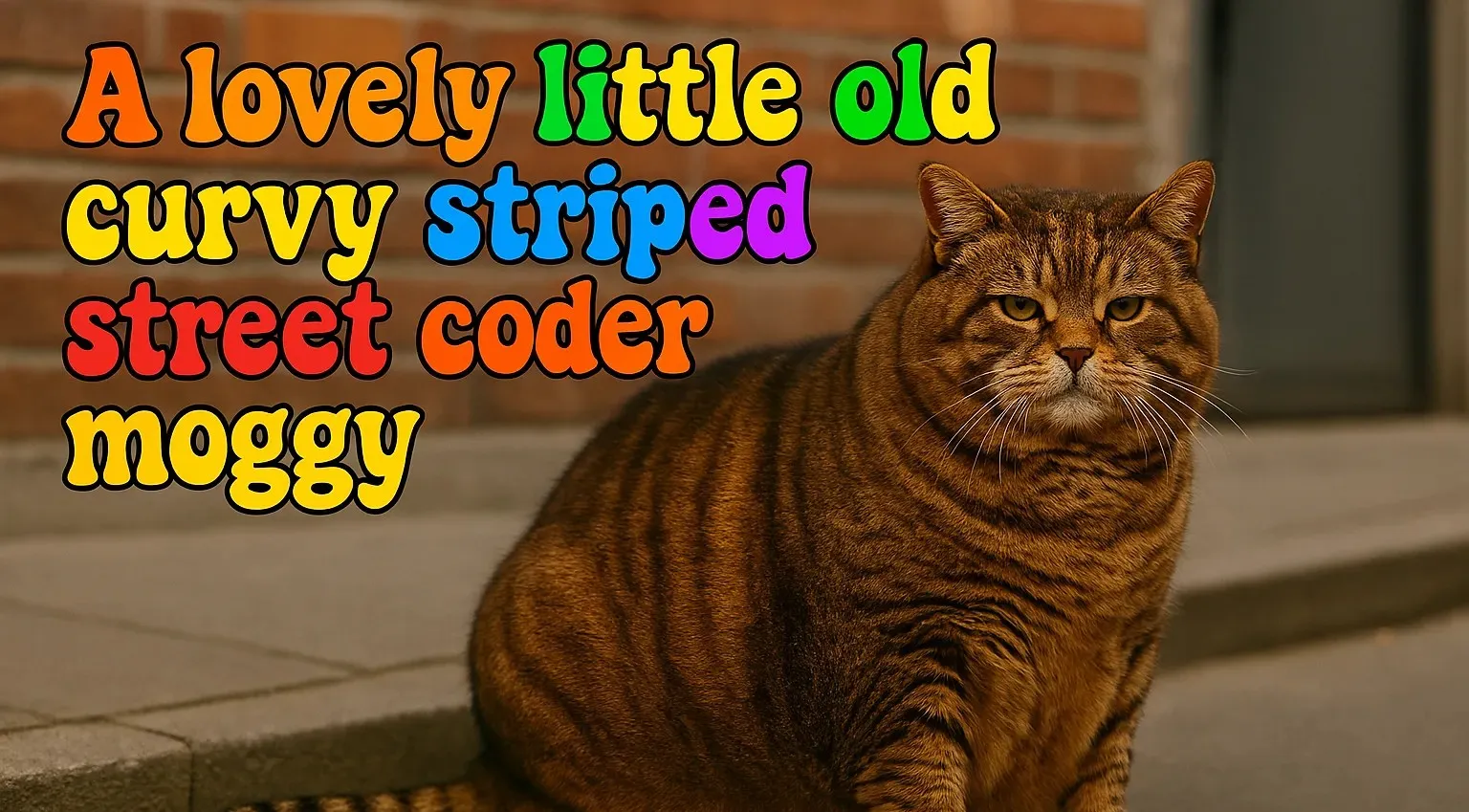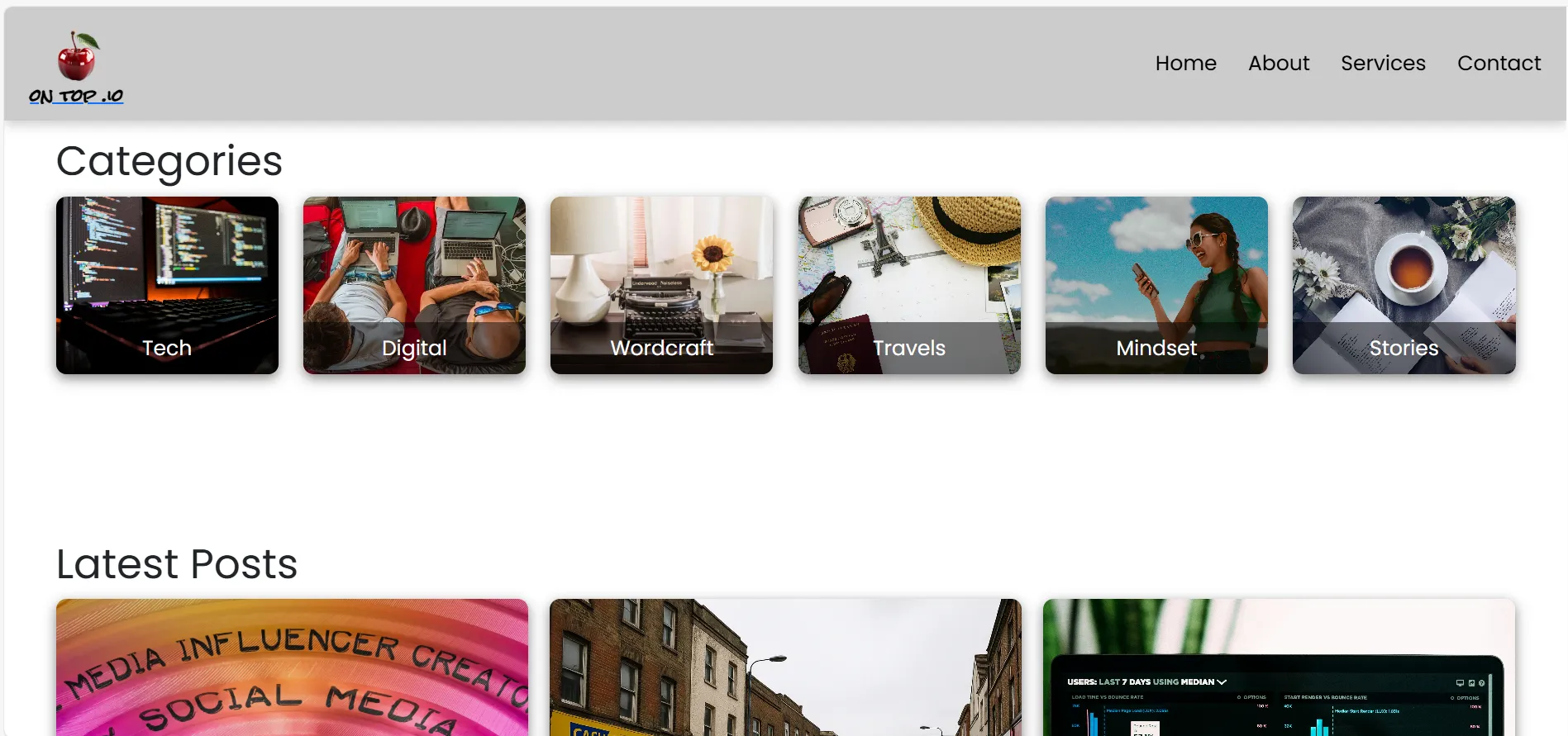The Mysterious, Unbreakable Order that All English People Follow
Imagine describing a cat—a truly glorious feline. Do you say it's a "striped curvy little old street coder moggy" or a "lovely little old curvy striped street coder moggy"? Turns out, only the second one feels natural. But why?
Welcome to the strange and surprisingly strict world of adjective order in English—a hidden law that every native speaker obeys without ever realizing it.
The Unwritten Rule
English adjectives must follow this rigid sequence:
- Opinion
- Size
- Age
- Shape
- Color
- Origin
- Material
- Purpose
- Noun
Like an invisible rhythm, this structure ensures words slot together in a way that feels just right. Try mixing them up, and suddenly your sentence sounds awkward—like trying to shuffle a deck of cards while wearing oven mitts.
Why This Order?
English prefers adjectives lined up neatly like soldiers before battle. It’s all about how our brains prioritize information:
- Opinion: Is it lovely, hideous, or breathtaking?
- Size: Small, enormous, or somewhere in between?
- Age: Ancient, brand-new, or middle-aged?
- Shape: Curvy, flat, or triangular?
- Color: Striped, golden, or neon pink?
- Origin: British, Egyptian, or Martian?
- Material: Wooden, metallic, or silk?
- Purpose: Running shoes, coding laptop, or baking tray?
Breaking the Rule? Not Likely.
This rule is so deeply embedded in our minds that no one questions it—we just feel when something sounds off.
Take a look at these:
- A huge pink plastic flamingo
- A plastic pink huge flamingo
See the difference? That second one reads like it escaped from a word salad buffet.
A Playful Test!
Try describing your dream house using as many adjectives as possible, following the rule:
"A stunning enormous ancient square red Italian marble dining table."
Feels smooth, right? If you jumble the order, things start sounding... broken.
Final Thoughts
This sneaky little rule is one of the many quirks that make English a beautiful and frustrating language. Next time you craft a description, take a moment to appreciate how effortlessly your brain arranges words—like a coder lining up perfectly ordered functions.
And remember, if your striped little old curvy street coder moggy could talk, even it would obey the rule!





